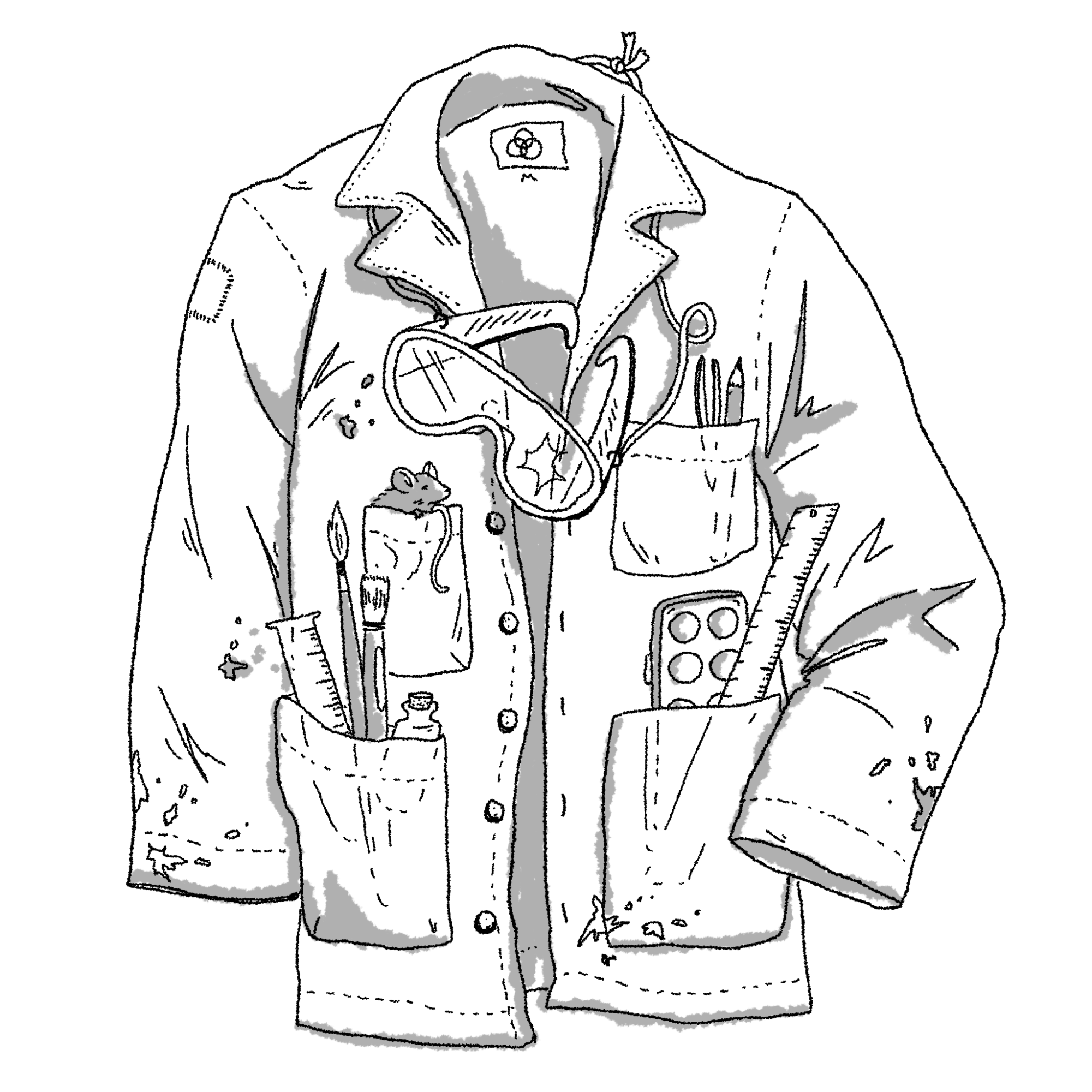
Amino acid chains, cellular intestines, bubbling beakers filled with colorful liquid and E. Coli bacteria were depicted in stickers spread around the STEM hub after last week’s admitted students day. Though almost entirely science-themed, one stood out to me as an outlier because it touched on the arts as well: a brain with two hemispheres split. One hemisphere was illustrated in black and white, with angular shapes, equations and graphs superimposed. The other was a pop of color, abstract swirls and asymmetric shapes emanating from it. I couldn’t help but feel a bit disgusted. Hadn’t this idea of the “left and right brain” been disproven years ago? Still, it seems to retain a hold on our idea of personhood and plays into our predilection towards grouping people into binaries.
The brain sticker hinted at the widespread belief that some people are left-brain dominant while others are right-brain dominant. Analytical and discerning versus creative and emotional. Logical and objective versus intuitive and subjective. Rule-following versus drawing outside the lines. The first excels in STEM fields while the latter in creative pursuits exemplified by the arts. Similar to the division of these brain hemispheres and people predisposed to use either, science and art are placed in a strict dichotomy. They are often viewed as distinct ways of thinking with no overlap in application, and even sometimes in conflict with each other.
But are art and science so oppositional? While I was studying abroad in southern Spain in the city of Granada, my home was within walking distance of the most important surviving remnant of Islamic rule on the Iberian Peninsula. Inside the famed Alhambra fortress, star-like geometrical patterns reflected the ancient Muslims’ studies of the sky. Their architectural materials reflected their appreciation for light. Observation of the natural world had a strong influence on their beautification of the ancient Islamic world, and this art expressed the logic and order inherent in the Islamic vision of the universe. Artists did not seek to express themselves, but rather, to create beauty and to worship Allah. I pondered these shifted values that contrasted with my own Western culture, in which creative self-expression is what is often most valued in art.
I had always had a nagging sense of being slightly out of place in my painting classes throughout high school because, in contrast to my peers, my pieces were more realistic than expressive. I had the sense that my analytical, observational side overshadowed my creative one, which was a detriment in the artistic world. Whitman alumni Libby Hetzel ‘22 echoed this sentiment, but instead of being unsettled by it, opted to embrace it.
Hetzel initially planned to double-major in art and chemistry, but ultimately graduated with a major in art and minor in chemistry. She noted that discourse around creative people and processes often draws from the “right brain, left brain” myth, categorizing people as predominantly one or the other. While much art is emotionally inspired, she explains that that isn’t the whole picture.
“I’ve always been a very analytical person. I like looking at things, really analyzing them, focusing on them and appreciating them by studying them. And so that’s something I’ve been able to do through the science and the art,” Hetzel said. “There’s definitely a technical element and a more observational element that plays into some people’s artistic processes. For me personally, I feel like that is stronger than an emotional component.”
The mentality that many associate with the scientific process, such as curiosity and observation, are also key to many artists’ processes. Scientific thinking can also help us understand these artistic processes. In Whitman’s Chemistry in Art class, Senior Lecturer of Chemistry Machelle Hartman and her students investigate the scientific underpinnings of art. Students study how culture, time, location and ways of knowing are reflected in the properties of artists’ materials, just like they were in the Spanish Alhambra. For example, students investigate the chemical reason dye color changes depending on its substrate. Some dyes look vibrant when applied and continue to keep their color over time, while others don’t, prompting questions about what makes a dye and a fiber chemically compatible. Understanding the chemistry behind artistic practices can tell us about why certain artistic choices were made historically.
Art can also serve as a way to better understand the sciences by acting as a point of connection for non-experts to scientific concepts. Art often seeks to connect to people, and because of this, it can be used to connect people to the sciences through familiarity and emotion. Professor of Physics Kurt Hoffman uses music as a way to bring complicated and abstract physics concepts home to students in his classes.
“There’s always been a connection between physics [and music], thinking about what’s happening physically with the musical instrument,” Hoffman said. “A string is a standard model in physics for vibrations … I’m always using sound and acoustics as a way to give examples of these things. I can’t show students a quantum system and what the wave function looks like, but I can show them an acoustical analog … If you explore [the physics of vibrations] a little bit, you start to understand why a violin sounds the way it does and why it sounds different than a guitar.”
Hartman uses this same approach to educate about scientific concepts, but instead of string instruments, she uses artistic materials as examples. When studying how to make crafts from dye, glass and soap, the chemistry governing their material characteristics becomes more accessible.
“To explore something scientifically that I just see every day around me just makes it that much more interesting,” Hartman said.
Artwork is often used to convey complex, abstract concepts in a way that inspires interest and promotes understanding, like the iconic coronavirus image or this interactive educational model of CRISPR. Both examples pull abstract ideas down into messages conveyed through mediums that non-experts can understand and connect to.
For those who participate in both, art can also hone one’s skills in communication. Much (but not all) art is created with the intention to be shared. Creating with an audience in mind, and working to mediate expression to an unfamiliar audience encourages the careful development of communication skills – how can an artist display their work, but choose which aspects of display are at the center? Understanding the nuance of audience is key to interpersonal connection, and emotion is often at the center.
For those who have a foot in both the sciences and the arts, knowing how to convey emotion in art can help them explain their science in an engaging and accurate way with attention paid to what a layman audience might know. How do you spark interest in oxidative phosphorylation? By describing it as your body’s way of creating energy to run and think.
Senior Clarisse Yee is a Biochemistry, Biophysics and Molecular Biology major and lifelong dancer. Yee has been dancing competitively since she was two years old and is highly involved in Whitman’s dance community. She leads the Drip Drop Dance Troupe, and emphasizes the translational skill in communication that dance has given her.
“It’s absolutely essential knowing how to communicate with people. In the dance world, communicating is something we do all the time with our bodies and through our words,” Yee said. “By being able to communicate these thoughts, [this skill] could especially be carried over to this scientific field where you have to communicate your findings or your work.”
The arts and the sciences complement each other, but their connection may reside even deeper, in the nature of their exploratory processes. Similar to scientists investigating how the world around them works, artists can use investigation to understand the inner world.
“I think both of them to some degree or maybe at their core are methods of observation and modes of understanding,” said Hetzel. “Most people would agree that [science is] a pursuit of understanding the universe … With art, I think it can for some people be a pursuit to understand or maybe communicate less objective truths like feelings or sensorial experiences.”
Hetzel describes how creating artwork can be a way for her to work through emotions and experiences like curiosity, inspiration and aesthetic attraction. Her thesis work depicts surreal desert landscapes that give a sense of quietly ominous vastness, even when focused on details. She used this exploratory process to understand her fascination with bones in her work.
“The more I was working with [bones], the more I realized that [this interest comes from] the functional, but also beautiful, aesthetic balance,” Hetzel said. “They’re so beautiful … and they can tell you a lot about how the body can move. I like to think of them as kind of a biological architecture.”
A signature detail found in each piece is an almost sinister black orb, so black it seems to recede or emerge from the painted landscape. It turns out that this effect is possible because of the unique nature of the black paint used. This pigment is the result of the collaboration of an artist and a chemist to synthesize a substance that chemically absorbs so many photons that this “bottomless hole” effect can be painted onto canvas.
Art and science don’t need to be viewed as antithetical: they can both be used to better understand each other. Even more, the thought processes used by scientists and artists are not always entirely mutually exclusive. Creativity plays a crucial role in scientists’ work, from creative problem-solving to thinking up new models of how the world works. On the other hand, observation and recording play an important role in artists’ processes in the form of capturing the likeness of a skull in a painting or the pattern of a constellation in a mosaic. Each requires an understanding of audience and context – how much needs to be shared in detail, and what can be less explicitly described.
At their core, art and science could act as complementary methods to seek understanding and therefore collaborations of artists and scientists may bring us closer to understanding both the outside and inner world.

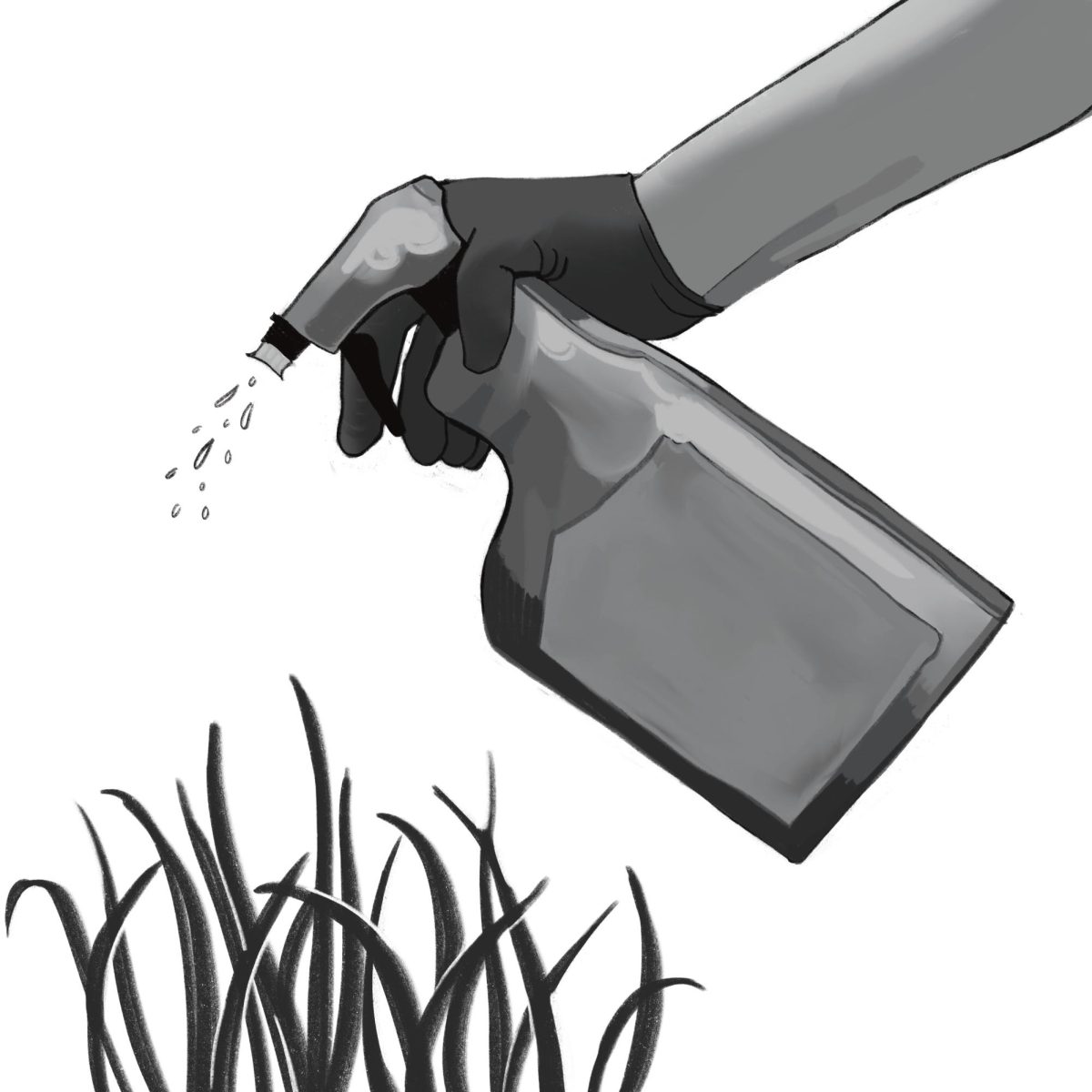
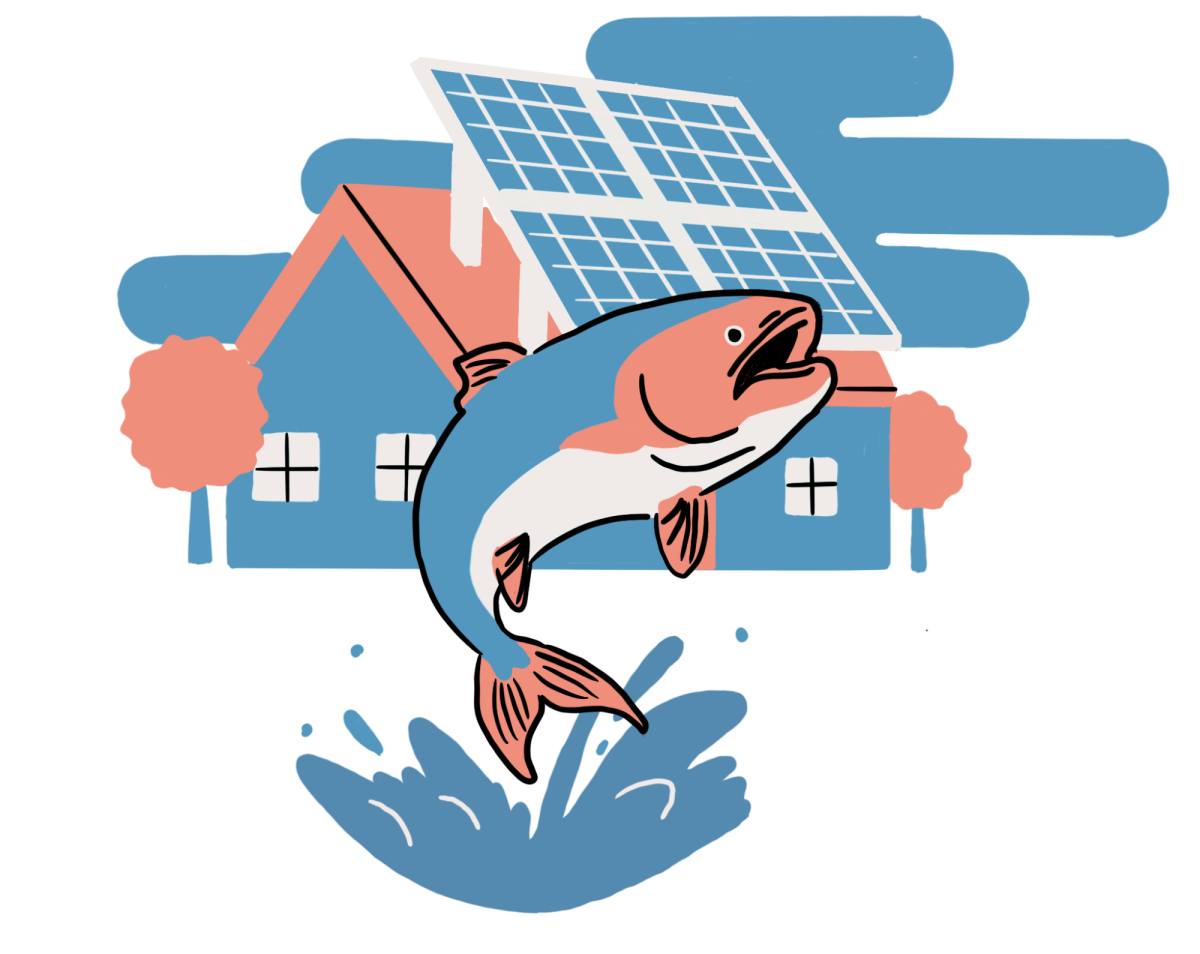
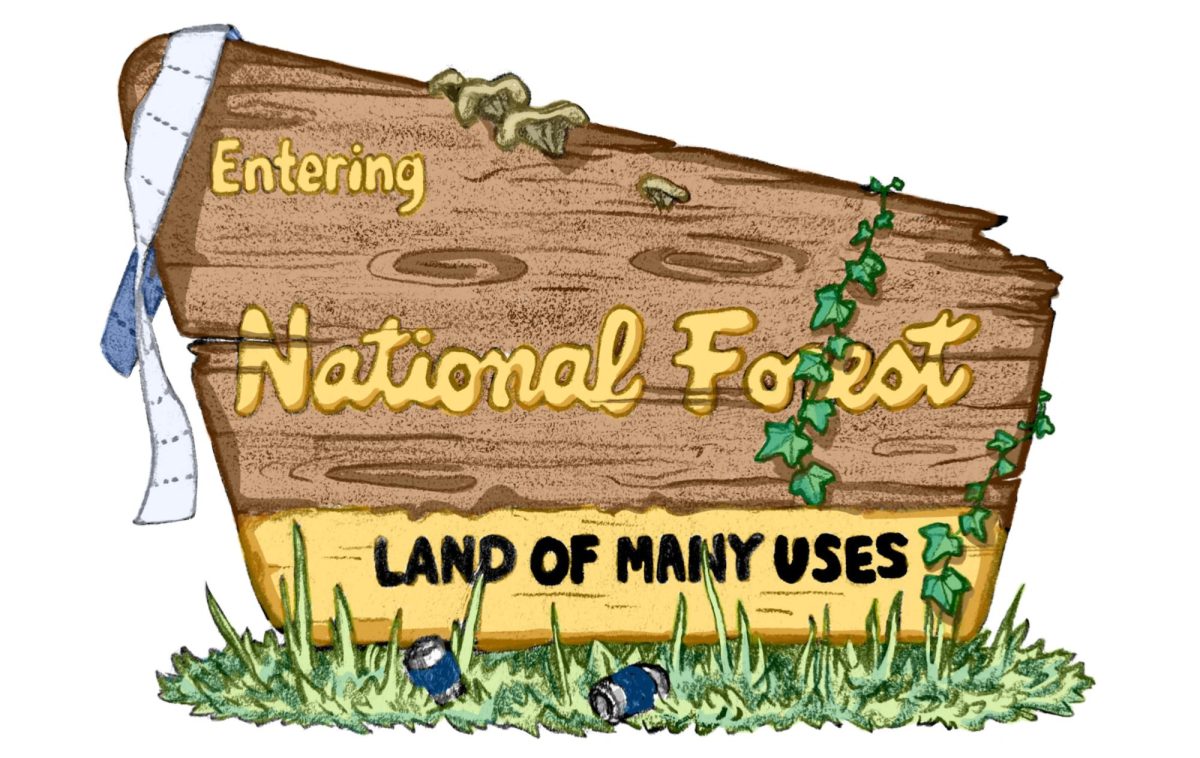
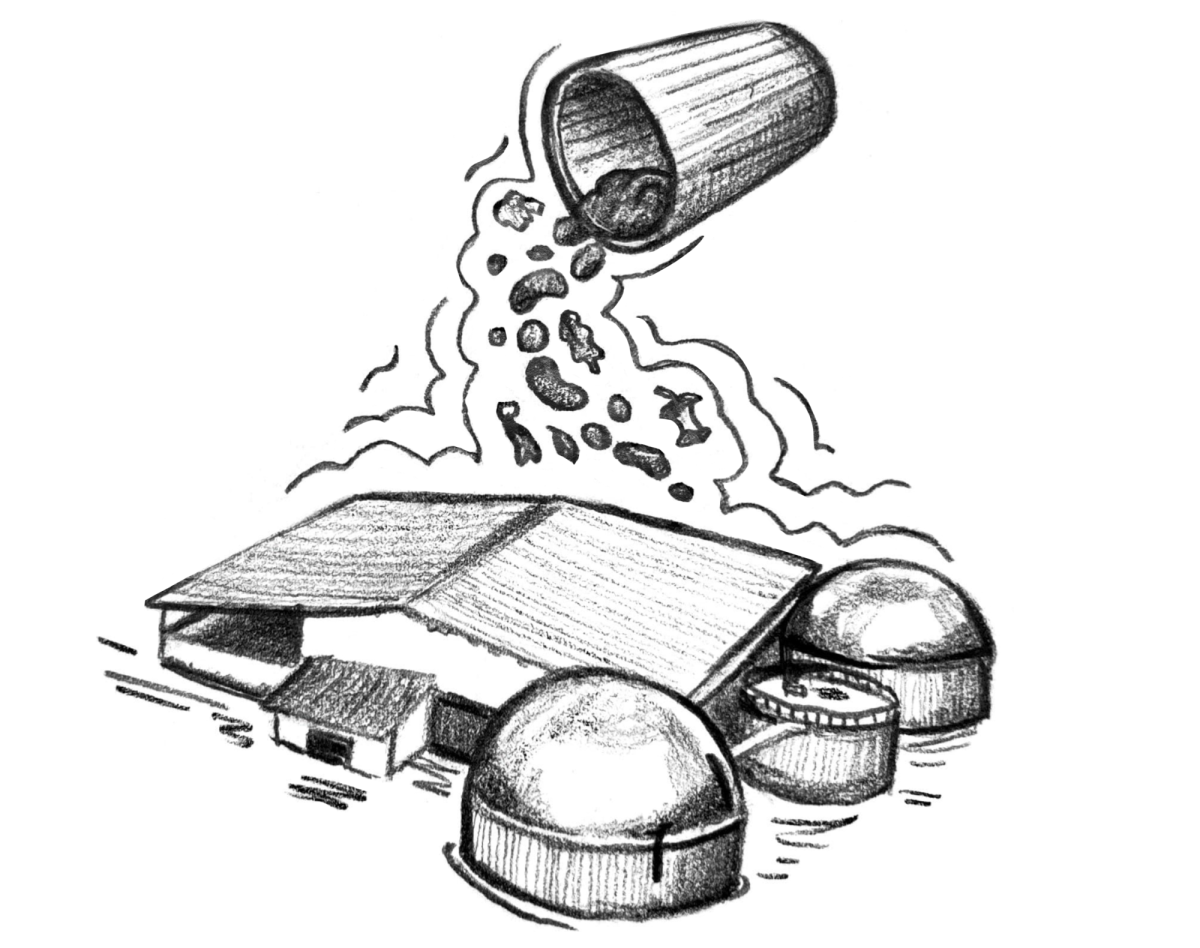
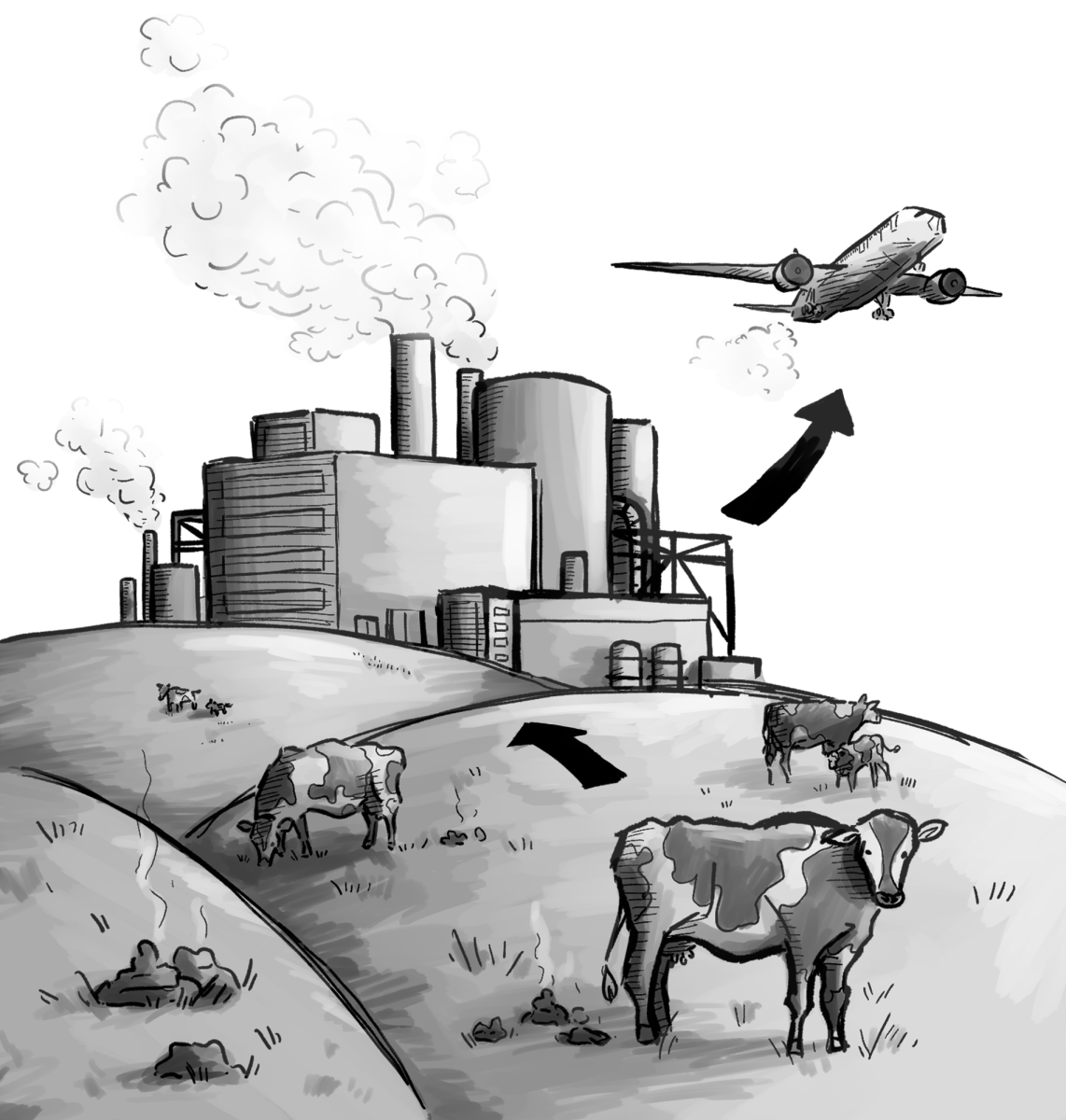
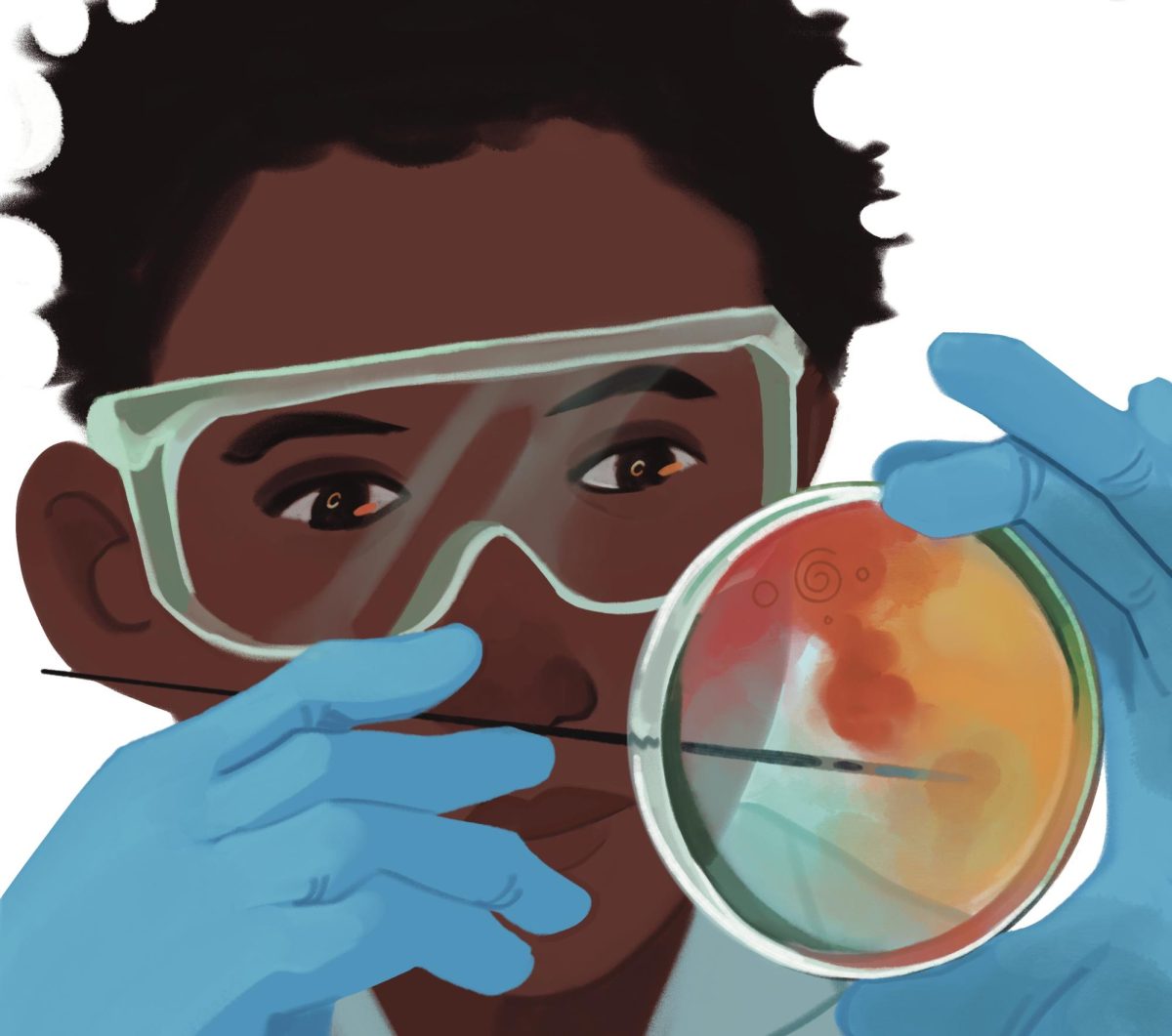
ScienceStyled • Dec 1, 2024 at 6:52 am
Your essay beautifully dissects the false dichotomy often perceived between art and science, showcasing their rich, complementary relationship. The notion that these fields are separate realms—one dedicated to logic and the other to emotion—has long been challenged, and your examples highlight how interwoven they truly are.
The left-brain/right-brain myth, while scientifically debunked, persists because it appeals to our need for simplistic explanations. Yet, as you pointed out, creativity and analytical thinking coexist in both artistic and scientific endeavors. For example, the intricate geometric patterns of the Alhambra reveal an elegant interplay of observation, mathematics, and artistry, demonstrating how Islamic scholars seamlessly integrated their understanding of the cosmos into their art. Similarly, the collaborative synthesis of the ultra-black paint you mention embodies the meeting point of artistic vision and scientific ingenuity.
Your insights resonate strongly with the ethos of interdisciplinary exploration. At ScienceStyled, we embrace this philosophy by unraveling scientific concepts through the lens of art, storytelling, and culture. From decoding quantum mechanics with whimsical characters to exploring biology with literary legends, our platform bridges the gap between these disciplines, much like the examples you’ve presented.
Your essay also underscores how both fields rely on shared core practices—curiosity, observation, and communication. For instance, the way Professor Hoffman uses music to illustrate physics mirrors how dance, as Clarisse Yee describes, hones the ability to communicate complex ideas effectively. This interplay suggests that the boundaries between art and science are more porous than rigid, allowing ideas to flow and enhance both domains.
Finally, your conclusion eloquently ties together the themes of collaboration and mutual enrichment. Indeed, when artists and scientists join forces, they craft narratives and innovations that resonate both intellectually and emotionally. For readers eager to delve deeper into how such interdisciplinary partnerships enrich our understanding of the world, ScienceStyled offers a vibrant space where art and science converge.
Your reflections are a testament to how these domains, often perceived as opposites, can illuminate each other, fostering a richer appreciation of both. Thank you for such an insightful exploration!